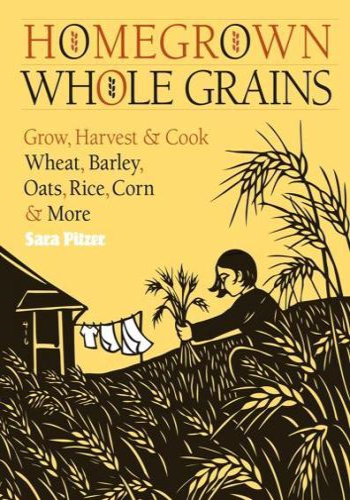Chapter 1: Embracing Whole Grains
* Summary: Discusses the importance of whole grains in a healthy diet, including their nutritional value and health benefits.
* Example: Eating whole-wheat bread instead of white bread provides fiber, vitamins, and minerals that are essential for overall well-being.
Chapter 2: The Basics of Whole Grain Growing
* Summary: Explains the fundamental principles of growing whole grains, including soil preparation, seed selection, and planting techniques.
* Example: Using a soil test to determine the pH level and nutrient deficiencies of your garden before planting ensures optimal growing conditions.
Chapter 3: Common Whole Grain Varieties
* Summary: Introduces various types of whole grains, such as wheat, corn, oats, and rye, highlighting their unique qualities and growing requirements.
* Example: The heirloom wheat variety "Red Fife" is known for its rich flavor and high protein content.
Chapter 4: Planting and Early Care
* Summary: Provides detailed instructions on planting whole grains, including seed spacing, watering requirements, and weed control.
* Example: Mulching around newly planted grains helps retain moisture and suppress weeds.
Chapter 5: Growth and Development
* Summary: Discusses the different growth stages of whole grains and the factors that influence their development.
* Example: Providing adequate water during the grain-filling stage ensures plump and flavorful kernels.
Chapter 6: Harvesting and Storage
* Summary: Explains the techniques for harvesting, drying, and storing whole grains to preserve their nutritional value and flavor.
* Example: Drying wheat in a dehydrator at a low temperature helps retain its vitamins and minerals.
Chapter 7: Using Whole Grains
* Summary: Provides practical tips and recipes for using whole grains in various culinary applications.
* Example: Making sourdough bread with freshly milled whole wheat flour adds depth of flavor and nutritional value.
Chapter 8: Troubleshooting Common Problems
* Summary: Identifies common issues that arise in whole grain growing and offers solutions to address them effectively.
* Example: Rust on wheat plants can be controlled by using disease-resistant varieties and applying organic fungicides.
Chapter 9: Advanced Whole Grain Techniques
* Summary: Explores advanced techniques for growing and using whole grains, such as crop rotation, companion planting, and sprouting.
* Example: Interplanting oats with nitrogen-fixing legumes, such as clover, improves soil fertility.







